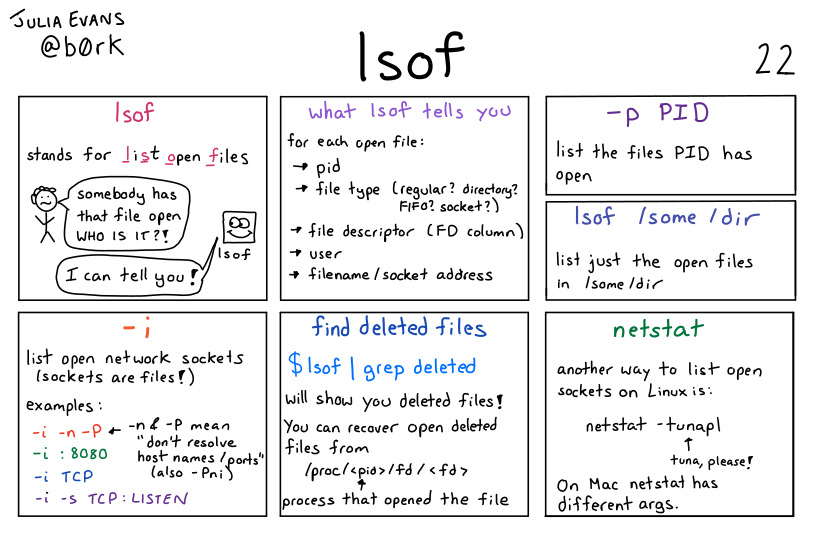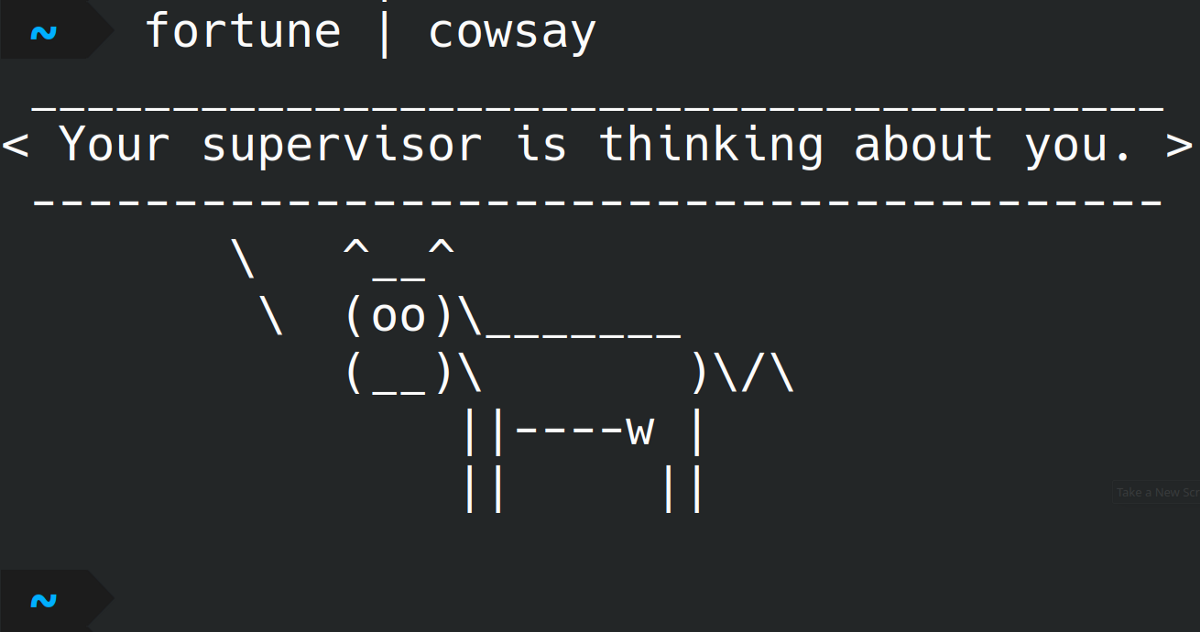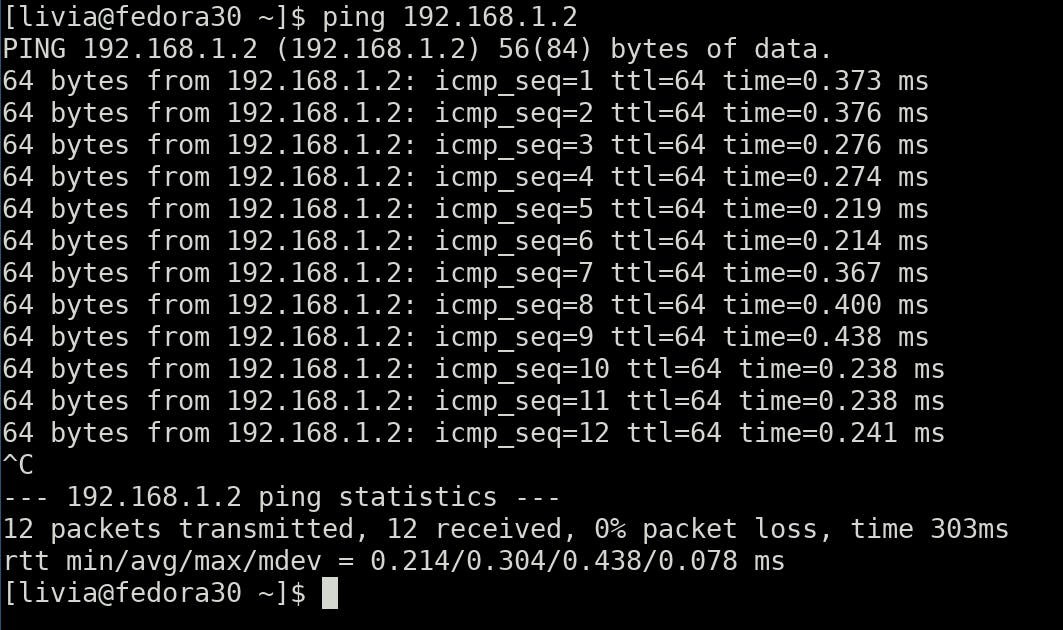What is Swap Memory ? Swap memory is virtual memory which provide redundancy to the main memory of the system. Generally we provide twice of RAM memory to the SWAP but not often. Swappiness Value? Swappiness is the value after which the system start utilizing the SWAP memory. By default …
LINUX- CHEAT SHEET
#uname Displays Linux system information #uname -rDisplays kernel release information #uptimeDisplays how long the system has been running #hostnameShows the system hostname #hostname -iDisplays the IP address of the system #last rebootShows system reboot history #dateDisplays current system date and time #whoamiDisplays who you are logged in as #finger usernameDisplays …
What are exit codes in Linux?
An exit code in Linux represents the result of the execution of a command or script. It has a scale ranging from 0 to 255. The exit codes help us determine whether a process ran: Successfully. Failed due to an error. Or another state that implies an unexpected outcome. As …
Top 20 most used Linux commands
Hello there!! 👻 If you are searching for mostly commonly used Linux commands as a beginner to linux, then you are at a right place. Before diving into main section, please make a note that Linux is case sensitive because ‘doc’ and ‘Doc’ are different as far as the OS …
Netflix’s Big Data Architecture
Six rectangular tiles organized in neat horizontal bands define most of our days .These carefully curated images change with some regularity, as to not get stale, but only give the illusion that we have a choice of TV shows and movies to watch. They’re chosen for us. So,Netflix utilizes data …
3 incredibly useful Linux commands you NEED to KNOW!
Linux with its versatile command line is my go-to OS for software development. Here are 3 command line tools I commonly use for development and which I recommend you to try out! 1. grep The #1 command line tool I use during development is grep . Basically it’s a simple …
100+ Linux commands and their explanation
Basic Linux commands → ls-al: Lists files and directories with detailed information like permissions, size, owner, etc. → ls: Lists all files and directories in the present working directory → ls-R: Lists files in sub-directories as well → ls-a: Lists hidden files as well → cd or cd ~: Navigate …
Filtering files and folders in Linux using find and grep
How to Filter files and folders in the Linux command line? In this article, you will be learning about how to filter the Linux files and folders using piping, pattern, matching, find, grep, etc Let’s get started. The grep utility searches any given input files, selecting lines that match one …
How to Connect Two Computers using a Crossover Cable
Ever wondered how to connect two computers together without going through a local network (LAN)? If your computers are on a network, you can share files and folders, but what happens if you don’t have a router/switch/hub to make that LAN happen? In this tutorial I will show you how …









